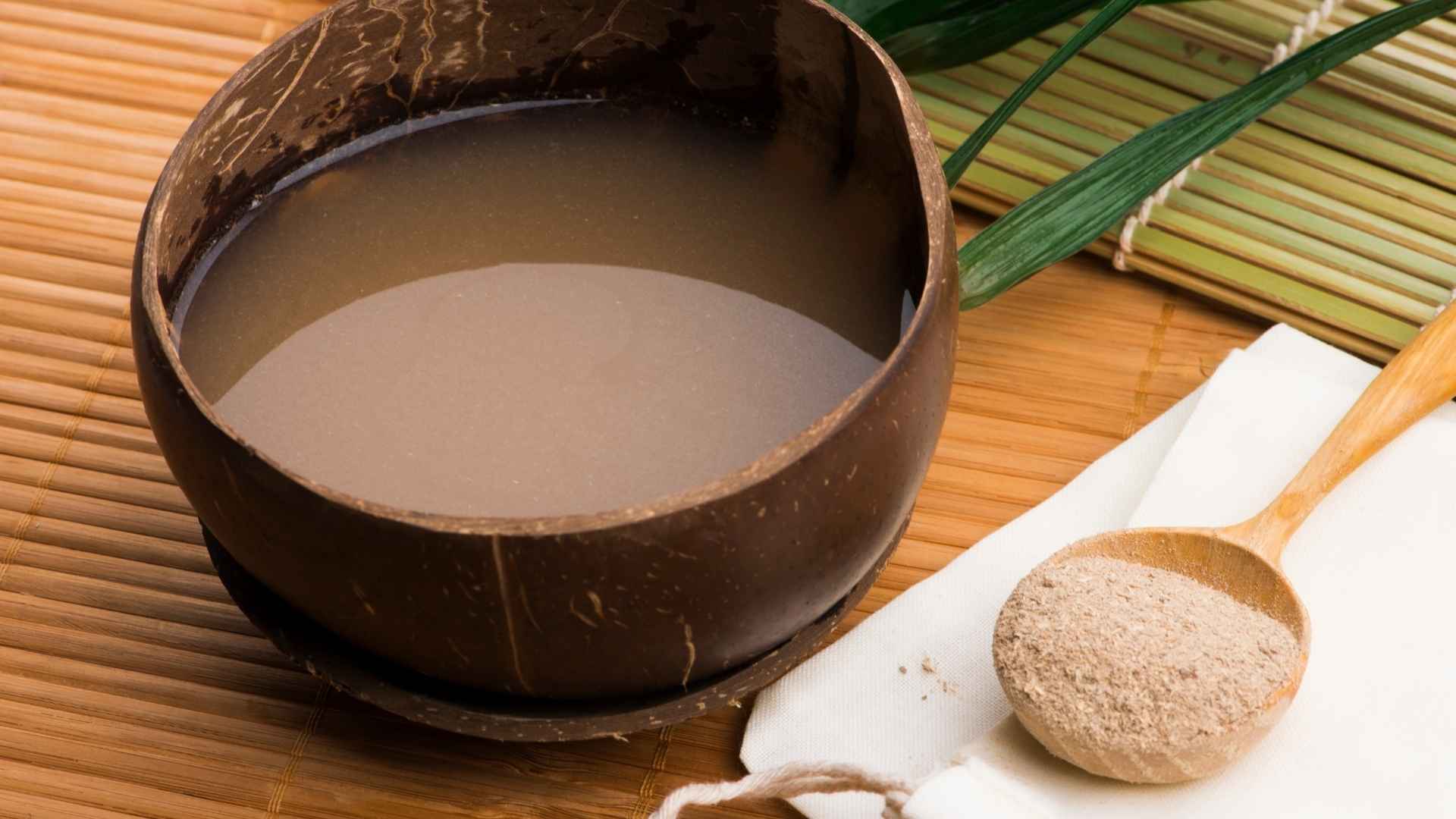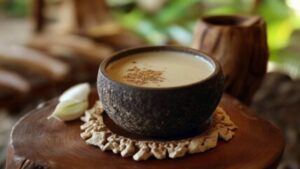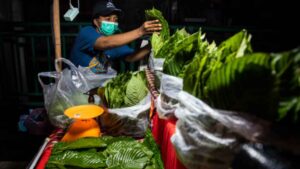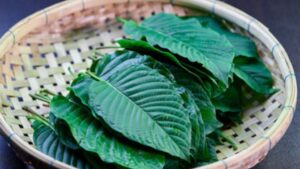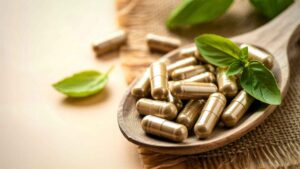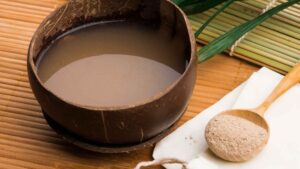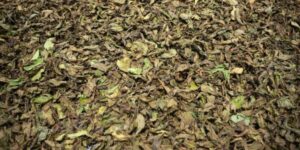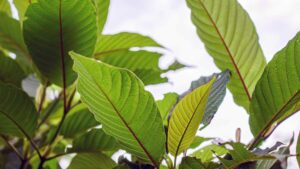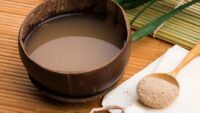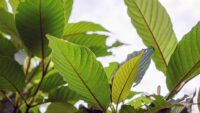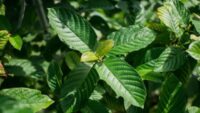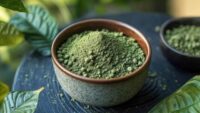Kava kava commonly referred to as kava, is a plant that boasts cultural and traditional value in the South Pacific islands of South Pacific. Kava, at once treasured, has worked its way into the culture, rituals, and everyday customs of the people of the Pacific Islands.
But, just what the heck is kava kava? What made it such a well-established tradition? How does one obtain it today, and what is it about illegal consequences?
In this blog, we’ll explore kava kava and provide a balanced historical background of kava kava, its traditional use, and availability in the fully developed marketplace.
What is Kava Kava?
Kava kava, scientifically called Piper methysticum, is a plant native to the Pacific Islands. The name “kava” means “bitter” in many Polynesian languages, referring to the root’s distinctive flavor. Traditionally, the root of the plant is harvested, dried, and ground into a powder, which is then mixed with water to produce a ceremonial drink.
The beverage made from kava root is not alcoholic but is known for its calming and relaxing properties, hallmark attributes that made it a staple of social life among islanders. The active compounds in kava, known as kavalactones, contribute to its distinctive profile.
History of Kava Kava
Kava, scientifically known as Piper methysticum, is a plant native to the Pacific Islands, including Fiji, Vanuatu, Hawaii, and Polynesia. For centuries, indigenous cultures have used kava in social and ceremonial contexts, preparing it as a traditional beverage that promotes relaxation and social bonding.
Cultural Significance
In Pacific Island cultures, kava holds deep cultural importance. Traditional preparation involves grinding or chewing the root and mixing it with water to create a ceremonial drink consumed during social gatherings, rituals, and important community events.
Active Compounds
Kava contains kavalactones, the primary active compounds responsible for its therapeutic effects. These compounds interact with the brain’s neurotransmitter systems, particularly GABA receptors, which play a crucial role in promoting relaxation and reducing anxiety.
Effects of Kava
Studies suggest kavalactones may have the following effects on the body:
- Reducing anxiety
- Protecting neurons from damage
- Reducing pain sensations
- Reducing the risk of cancer, though the evidence is limited to mouse research
Most of the research so far has zeroed in on Kava’s ability to help ease anxiety.
While the exact science behind it is still a bit of a mystery, it seems that kavalactones work their magic by influencing neurotransmitters, those chemical messengers that help nerve cells talk to each other in the brain.
Traditional Use of Kava Kava
Kava’s traditional use remains a vibrant part of Pacific culture. The ritual drink serves both social and ceremonial purposes. It is customary to gather in a kava circle, where the beverage is shared among participants with a sense of community and mutual respect. The drink’s taste—earthy, bitter, and somewhat numbing on the tongue—is integral to the experience.
The preparation of kava itself is a communal event. After harvesting, the root is cleaned, sun-dried, and then pounded into a fine pulp. This pulp is then kneaded and strained in cold water to produce the drink. Unlike many traditional alcoholic beverages, kava is non-fermented and does not intoxicate but instead induces a mild relaxation and sense of calm.
Traditional kava use is closely associated with social bonding, ceremonial communication, and marking important life events. It continues to be consumed daily in many Pacific communities, serving as a symbol of culture and local identity.
What impact do Kava & Kratom have on the community?
The rising number of relapses linked to these substances is deeply concerning, sparking community-driven efforts to tackle the issue head-on. Several Florida municipalities, including both Broward and Palm Beach Counties, have made unsuccessful attempts to ban Kratom. Sarasota County did succeed in banning Kratom in 2014.
The federal government once considered banning kratom, but the move was reversed before it could be enforced. However, a few states, Alabama, Arkansas, Indiana, Rhode Island, Vermont, and Wisconsin, have fully outlawed kratom, making its use, possession, and purchase illegal.
Across the nation, Kava and Kratom remain a hidden risk to public health, quietly impacting many people. Greater awareness and vigilance regarding the high risks of consuming these substances, especially for individuals in addiction recovery, will continue to be the primary means of trying to contain this public health crisis until a definitive legal solution can be found.
Forms of kava
Kava can be taken in tea, capsule, powder, or liquid form.
Except for kava tea, these products are made from a concentrated mixture that’s prepared by extracting kavalactones from the plant’s root with ethanol or acetone.
1. Kava tea
Many people prefer enjoying kava as a tea to help with anxiety, thanks to how easily accessible and convenient it is. It’s sold alone or alongside other herbs touted to promote relaxation and brewed using hot water.
Make sure to choose kava teas that list the kavalactone content and any other ingredients, so you know exactly what you’re getting in every cup! Avoid teas that list the ingredients as “proprietary blends.” You will not know how much kava you’re getting with these products.
2. Kava tincture or liquid
This kava comes in a liquid form, conveniently packaged in small bottles that range from 2 to 6 ounces (59 to 177 milliliters). You can take it with a dropper or mix it into juice or another drink to cover its whiskey-like taste.
When using kava tincture or liquid, it’s crucial to start with a small dose. Since the kavalactones are highly concentrated, these forms of kava are much stronger than others.
3. Kava capsules
If you’re not a fan of kava’s taste, no worries! You can easily take it in capsule form instead.
When choosing kava tea, make sure to check for products that mention the kavalactone content. For example, one capsule may contain 100 milligrams (mg) of kava root extract that is standardized to contain 30% kavalactones.
Benefits of Kava
1. Anxiety Reduction
- Kava has gained significant attention for its potential to alleviate anxiety. Research suggests that kavalactones can help:
- Reduce symptoms of generalized anxiety disorder
- Promote a sense of calm without causing significant sedation
- Provide an alternative to pharmaceutical anti-anxiety medications
2. Stress Management
- The natural compounds in kava may help:
- Lower cortisol levels
- Improve stress response
- Enhance overall emotional well-being
3. Sleep Support
- Kava may assist individuals struggling with sleep issues by:
- Promoting relaxation
- Reducing the time taken to fall asleep
- Improving overall sleep quality
4. Muscle Relaxation
- Some users report that kava helps:
- Reduce muscle tension
- Alleviate mild muscle pain
- Promote physical relaxation
Where to Find Kava Kava Today
With growing awareness outside the Pacific, kava is now widely available in numerous forms globally. Today, you can find kava:
- In powdered form for making traditional drinks.
- As kava capsules or tablets.
- In tinctures and extracts.
- Pre-mixed kava beverages in health or specialty stores.
Online vendors and natural supplement retailers commonly stock kava products sourced straight from the islands or local producers. When purchasing, buyers should seek reputable sources that ensure quality control, transparency about kava content, and adherence to safety standards.
Is Kava Legal?
Kava’s legality varies widely around the world and is sometimes subject to strict regulation due to historical reports of adverse effects, primarily related to misuse or the use of poor-quality preparations.
- In the United States, kava is legal and available as a dietary supplement, though the FDA has issued warnings about potential effects on liver health.
- Europe has a patchwork of regulations; some countries permit its sale, while others restrict or ban it due to safety concerns.
- In Pacific Island nations, kava remains an unregulated, culturally protected substance.
- Some countries outside Oceania impose import restrictions or require special licensing due to kava’s potent effects.
Consumers should always verify local laws before purchasing or consuming kava products and seek guidance from qualified professionals for safe use.
Potential Side Effects of Kava
- Liver Toxicity: Several cases of liver damage associated with kava consumption were reported in the early 2000s.
- Drug Interaction: Kava may harm the liver by interacting with drugs processed by the same liver enzymes, potentially causing harmful drug buildup.
- Adulteration Risks: Some kava products may be mixed with harmful materials during processing.
- Use of Unsafe Plant Parts: Some companies use kava leaves or stems instead of roots, which are known to harm the liver.
Kava may be safe for individuals without liver issues or conflicting medications when used in appropriate doses for 1–2 months.
Final Thoughts
Kava kava is a botanical steeped in millennia of tradition, valued for its unique taste, cultural significance, and distinctive properties. With roots firmly planted in South Pacific heritage, it remains a cherished and respected part of community life.
Today, it continues to bridge cultures as it finds new homes in global markets and wellness spaces. Understanding what kava kava is, its history, use, and regional legal variations allows for an informed and respectful approach to this timeless plant.

